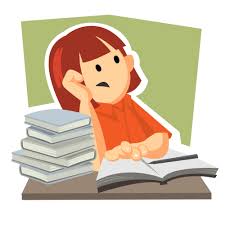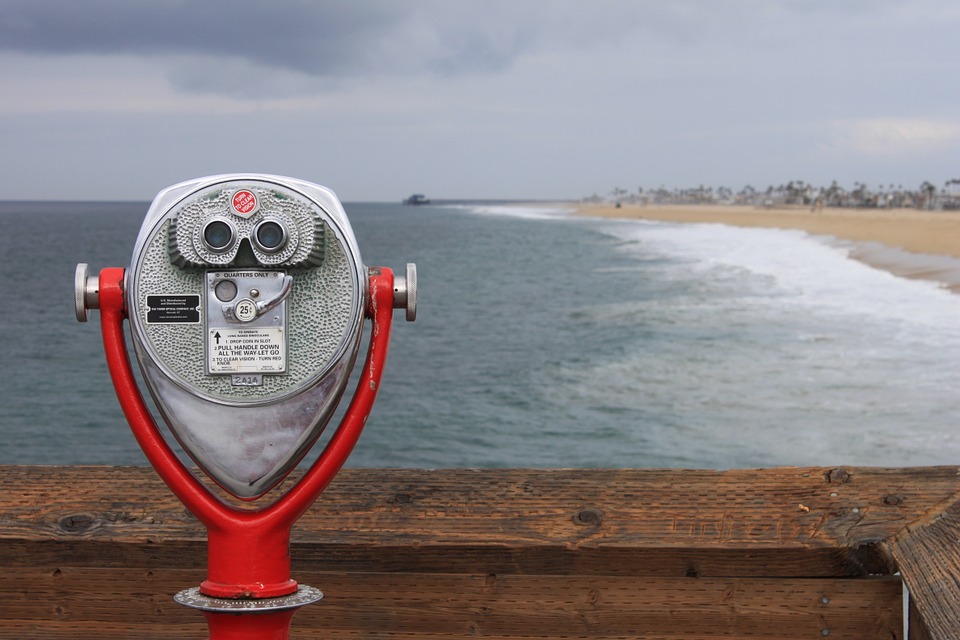 One thing that makes dyslexia hard to determine is because it is usually diagnosed by “measuring the difference between a child’s intelligence and their abilities in school”. Basically this means that one looks at how smart a child appears to be and how they do in school.
One thing that makes dyslexia hard to determine is because it is usually diagnosed by “measuring the difference between a child’s intelligence and their abilities in school”. Basically this means that one looks at how smart a child appears to be and how they do in school.
Early years of school is the time when children are developing skills, getting used to being in school and learning how to learn can make it even more confusing to diagnosis dyslexia. While many preschoolers reverse or mix up letters in words (like ‘wuz’ for ‘was’ or ‘kat’ for ‘cat’), this usually corrects by age 7 (grade 2). As children are learning to read and write in grades 1 & 2 is usually when teachers and parents become aware of signs of dyslexia.
For some kids dyslexia isn’t picked up until later, when they show problems with more complex skills such as grammar, reading comprehension, sentence structure and story writing. No matter what the age the first thing that must be done is rule out any vision, hearing, health or emotional issues that may be impeding the child’s learning.
For this reason, children under 9 cannot be diagnosed with dyslexia, or they have to have completed K-2 or at least more than 6 months into grade 2. With my daughter, we thought we were going to get an ADHD diagnosis, but was surprised to find out she was in the low average for reading, written language, borderline for oral language and ‘at risk’ for dyslexia. That’s their way of saying she has dyslexia but since she was only 6, they could not ‘officially’ diagnosis her. They did create an Individualized Education Program (IEP) to help her teachers help her in class and requested she be re-evaluated (another psyco-educational assessment) in 12 months … at the time she will either be officially diagnosed with dyslexia or who knows, perhaps it will be changed in a year.
We as parents (myself included) must remember that all children develop at different times. Parents and teachers must allow the child the time THEY need to develop, which is not always easy in our school system.
How Common is Dyslexia?
The easy answer to that question is that dyslexia is a lot more common than when I was a kid. The reading clinic estimates that 15-20% of the population has dyslexia. In Canada that’s around 5 million people. Basically, every classroom Canada-wide has 4 or 5 students who have difficulty reading and writing. Some experts believe that dyslexia is the most common learning disability, affecting 5 percent or more of all elementary age children.








